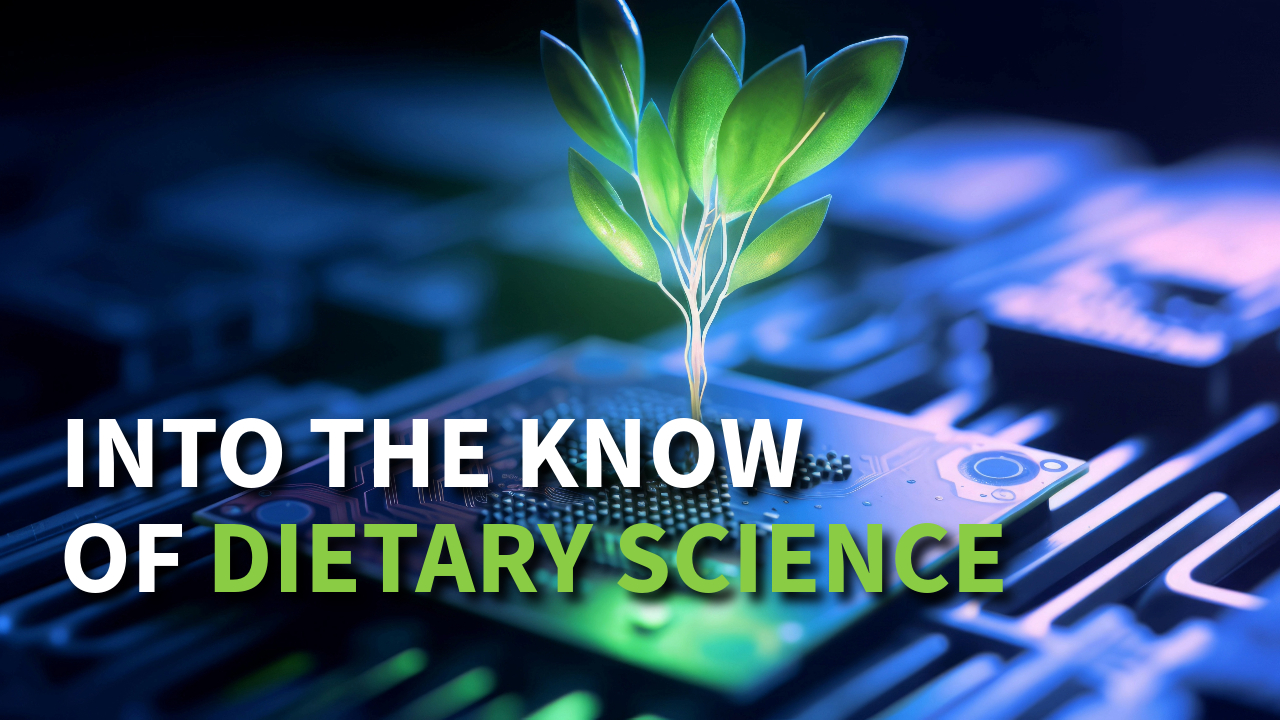
Nature has bestowed us with a variety of resources to keep us healthy, wealthy, and wise. One of these fascinating resources is grass. This perennial greenery may seem like an innocuous type of flora, but in reality, it holds a potent power that can transform lives. Grass has long been the primary food source for many of the world’s strongest animals, from bison to horses to elephants. It’s not without reason that many animals choose this greenery over grains. In this article, we’ll explore the power of grass and why humans should consider going grain-free for a strong and athletic life.
The list of animals that eat grass is quite extensive. It includes bison, cows, sheep, goats, deer, antelope, gazelle, kangaroo, zebra, wildebeest, giraffe, horse, and elephant. Each of these animals is large, sturdy, and resilient, built to withstand the harshest of conditions and to survive in the wild. They rely on grass to fuel their bodies, giving them the strength and power needed to carry out their daily activities.
Grass contains the right balance of nutrients and minerals required for optimal animal health. It is low in fat, high in fiber, and is a rich source of protein. Moreover, grass contains vitamins such as Vitamin A, Vitamin C, and Vitamin E, which are known for their antioxidant properties. These vitamins protect the body from harmful toxins that can cause cell damage and inflammation.
Animals that rely on grass for their sustenance have lean and muscular bodies. Bison, for example, are known for their massive size and strength, but they are also lean animals. They eat nothing but grass, which gives them a low-fat diet, leading to a healthier body composition. Elephants, on the other hand, are herbivores known for their tremendous strength. They depend on grass not only for energy but for the roughage that is critical for their digestive system.
In contrast, the list of animals that eat grains as their natural diet includes birds such as chickens, turkeys, quails, rodents such as mice, rats, squirrels, rabbits, and some insect species like weevils and beetles. These animals are often smaller in size and do not require the same level of strength as the animals that eat grass. They may also be domesticated or easily accessible for humans to farm, making them a more convenient and economical source of food.
Interestingly, during the industrialization of the food industry, humans shifted to using grains as the primary food source for livestock. Grain is cheaper and faster to grow, making it a more profitable choice for farmers. However, this shift in feeding has led to changes in animal health and behavior. Animals that have been fed grain often have high levels of fat, which affects their muscle development and body composition.
Grass-fed animals, on the other hand, have been shown to contain more nutrients, particularly Omega-3 fatty acids. These essential fatty acids help regulate heart function and immune systems, leading to better health. Moreover, grass-fed animals are less likely to develop antibiotic resistance, reducing the need for antibiotics and, in turn, reducing the risk of antibiotic-related infections.
Humans can also benefit from the power of grass. As a society, we rely on grains for the majority of our food, often consuming them in large quantities. However, this trend has led to a rise in obesity and other health-related issues. A grain-free diet can help us break this cycle and facilitate a healthier lifestyle. A diet that relies on grass-fed meat, dairy, and fruits and vegetables will not only provide us with the necessary nutrients and minerals but also promote a leaner body composition.
Additionally, grass-fed meat is often tastier and more satiating than grain-fed meat. It has a firmer texture, giving it a more satisfying eating experience. Moreover, it contains less fat, which means less cholesterol and a healthier heart.
The power of grass lies in its nutritional value. Animals that eat grass are known for their strength, power, and agility. Grass-fed animals contain more Omega-3 fatty acids, less fat, and more nutrients than grain-fed animals. Humans can also benefit from a grain-free diet, which promotes a healthier body composition and stronger immune system. It’s time to embrace the power of grass and reap the benefits of a healthier lifestyle.
References:
Effects of grass feeding systems on ruminant meat color and flavor
Photo by Jonathan Mast


